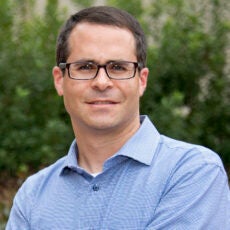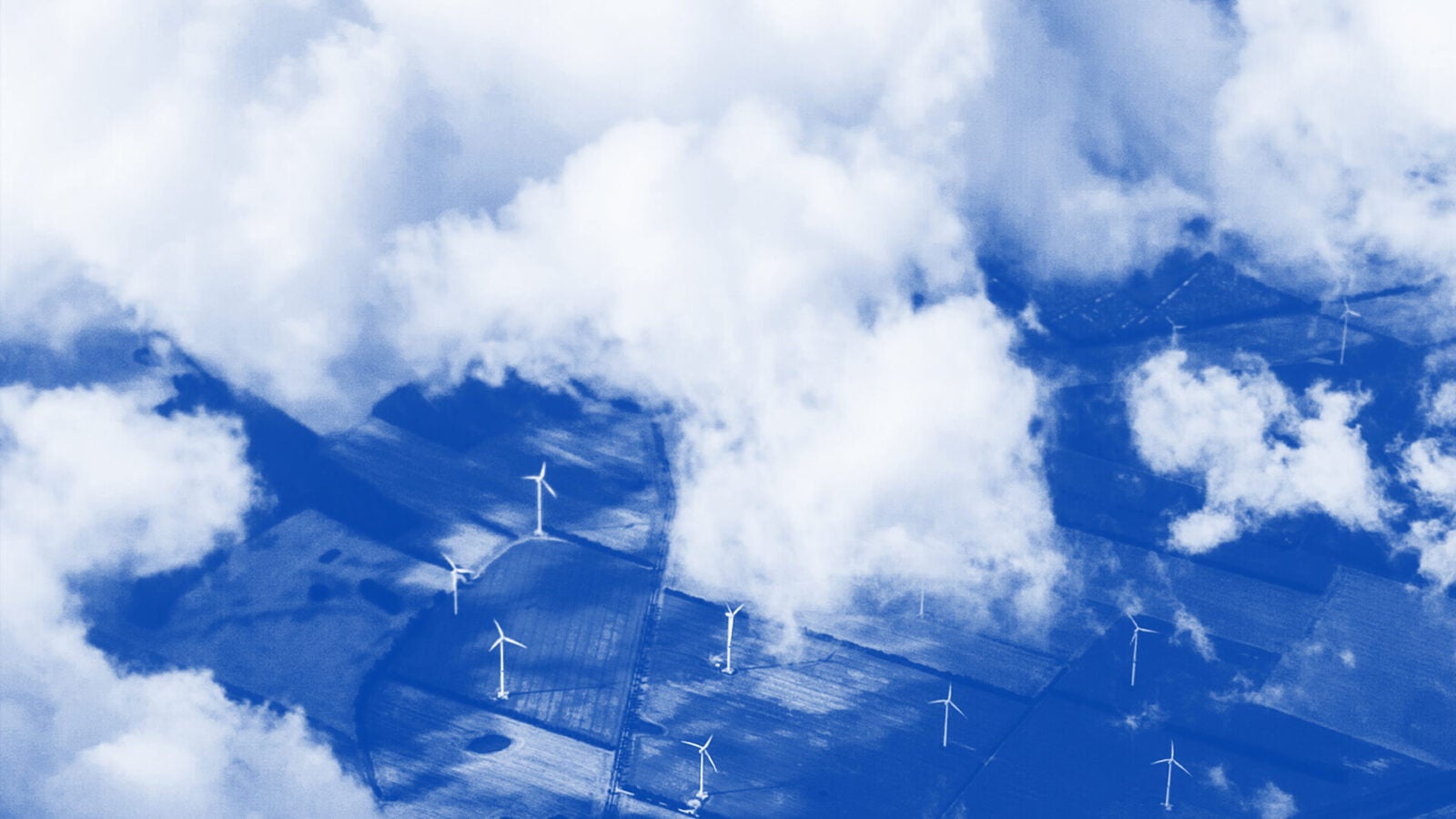
A Q&A on the New Book Power Lines
What happens to the people left behind in America’s energy transition? Authors share insights from their new book, Power Lines, in a conversation about the human side of clean energy.
Sanya Carley and David Konisky, authors of “Power Lines: The Human Costs of American Energy in Transition,” sat down with us to discuss their new book. Here are a few highlights from that conversation.
What prompted you to write Power Lines? What were you seeing a decade ago that made you want to explore the social dimensions of the energy transition?
David Konisky: We too often ignore a dual reality of our environmental protection system. On one hand, over the past 50+ years, we have created policies and programs that have resulted in cleaner air and water, safer handling of chemicals, and better management of hazardous waste. These efforts have produced enormous health and environmental benefits.
Yet, at the same time, there are still millions of Americans who are exposed to dangerous levels of pollution, either in their homes or at work, and typically these are the same people who experience other challenges such as inadequate housing, food insecurity, lack of access to health care.
The clean energy transition presents a similar dual reality. There are enormous benefits of pursuing cleaner, more efficient energy technologies, including climate mitigation, improved health outcomes, technological advancement, and employment and business opportunities.
There are going to be millions of Americans who are left behind from this transition. Our goal was to bring attention to these people and communities, so we can minimize the harms, and hopefully more widely spread the benefits.
The book challenges the notion that a clean energy transition will automatically be a just one. You focus on people and communities instead of technologies. Why did you choose that lens?
Sanya Carley: The literature to date, at least when we started this work, had an over-reliance on technological solutions and policy to achieve those technological solutions. What was less common was an appreciation and recognition that technologies don’t exist in isolation of people, or vice versa.
The shifts that we are undergoing in the energy transition have very real and immediate impacts on people and communities: people losing their jobs, entire local economies going belly up, communities housing new energy infrastructure, workers facing dangerous working conditions, and people not being able to afford energy.
David: The adoption of new energy technologies and infrastructure is obviously central to the clean energy transition, and given the urgency of climate change, it is not wrong to focus on technological solutions. Yet, many people often assume that clean energy technologies mostly generate win-win solutions, which we argue in the book fails to recognize the social context for their adoption and use.
You argue that energy justice will not emerge organically—it must be chosen. What is energy justice and what are its origins?
Sanya: Three prominent tenets of energy justice are distributional, procedural, and recognition. Distributional justice refers to the distribution of benefits and burdens, with an objective for individuals or groups of people shouldering the burdens to have access to the benefits. Procedural justice is about who is involved in decision-making processes and has a vote, voice, or can lead. Recognition justice is about an understanding of the past, present, and future inequities within energy systems.
David: The principles of energy justice have their origin in principles of environmental justice. They emphasize distributional outcomes, fairness and process, and the importance of history and structural inequities and barriers.
The core argument of the book is that the clean energy transition will produce both winners and losers. In this way, it is no different than the fossil fuel-based system we have today, or energy systems of the past. But we can strive to do better.
What are some of the frontline communities that you feature in the book?
Sanya: Among others, we feature fossil fuel worker communities, including Appalachian coal communities and Midwestern automobile worker communities. For each, we discuss the long history of tradeoffs and sacrifices, including polluted water ways, degraded environment, and personal health. We share anecdotes and quotes from residents who feel abandoned and forgotten.
David: We also draw parallels to other energy supply chain communities across the globe, including to artisanal miners in the Democratic Republic of the Congo and workers in electronic waste junk yards in Ghana. These communities have also long made sacrifices between jobs and their safety and environment.
Sanya: Another important group is energy insecure and impoverished households. One in four households in the U.S. struggles to pay their energy bill and keep the heat or air on. The rising cost of energy is poised to significantly increase this percentage, as well as the severity of the behavioral and financial coping strategies that these families use to get by.
Sanya Carley
Mark Alan Hughes Faculty DirectorSanya Carley is the Faculty Director of the Kleinman Center. She is also Vice Provost for Climate Science, Policy, and Action at Penn and Presidential Distinguished Professor of Energy Policy and City Planning at the Stuart Weitzman School of Design.
David Konisky
Associate Dean for Research, Paul H. O’Neill School of Public and Environmental Affairs at Indiana UniversityDavid Konisky is the Associate Dean for Research and a Lynton K. Caldwell Professor at the Paul H. O’Neill School of Public and Environmental Affairs at Indiana University. He also co-directs the Energy Justice Lab and serves as editor-in-chief for the journal Environmental Politics.


